Success demonstrates progress in American clean energy manufacturing.
Office of Energy Efficiency & Renewable Energy
December 14, 2023The transition to a clean energy economy means more American manufacturing and more American jobs. Since President Biden took office, the private sector has announced investments of more than $180 billion in new or expanded clean energy manufacturing projects in the U.S., with a substantial uptick since the passage of the Inflation Reduction Act (IRA). Those investments are beginning to show impressive returns.
On Nov. 16, 2023, GE announced the completion of the largest onshore wind turbine nacelle– the component that sits atop the tower and contains the turbine’s electrical generation equipment—ever manufactured in the United States. This success, spurred by the IRA, is the latest example of a recent surge in the production of American-made clean energy technologies.
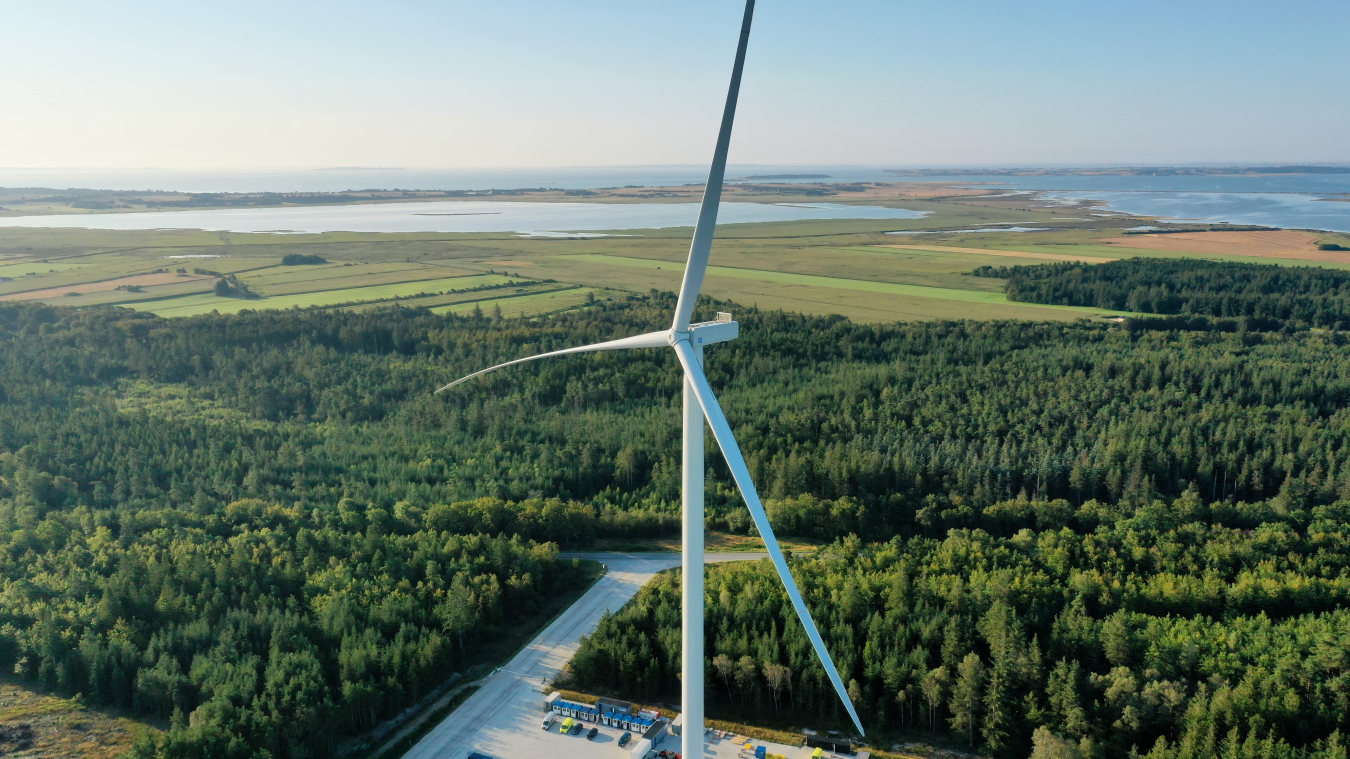
GE Vernova onshore wind turbine.
At GE’s newly expanded wind manufacturing facility in Schenectady, NY, 200 newly employed workers assembled the first nacelle for GE Vernova’s 6.1-158 onshore wind turbine. The massive, land-based turbine, which can generate more than 6 megawatts (MW) of electricity on its own, is almost 200 meters tall and has blades that are more than 75 meters long. Six MW is nearly double the capacity of the average onshore wind turbine produced in the United States and enough to power more than 1,500 homes.
The domestic production of larger, higher-capacity wind turbines is the culmination of a decades-long trend, which has been supported by consistent R&D investments from the Department of Energy’s Wind Energy Technologies Office. Larger turbines capture the power in the wind with fewer units. Further, the use of large turbines:
- reduces the cost of installation and operation,
- simplifies the siting process, and
- facilitates the management of community impacts, including noise.
The IRA, which President Biden signed into law in August 2022, laid the groundwork for GE’s expanded investment in onshore wind production. The IRA features an Advanced Manufacturing Production tax credit that incentivizes the domestic production of clean energy technologies—including solar components, wind components, inverters, and battery components—and critical minerals. Wind manufacturers such as GE may be eligible to receive a per-unit tax credit for each blade, nacelle, and tower they manufacture on American soil. The IRA also provides a Domestic Content Bonus for clean energy project developers who source their iron, steel, and a large percentage of their manufactured products from producers in the United States.
Next year, GE plans to manufacture components for more than 100 of these 6-MW onshore turbines at its Schenectady facility.
Domestic manufacturing of clean energy technologies creates American jobs, strengthens national and energy security, and will play a major role in decarbonizing the industrial sector—which accounts for 28% of energy-related carbon emissions. To learn more about the Department of Energy’s efforts to bolster the domestic production of onshore wind energy, visit the Wind Energy Technologies Office homepage.
Clean Energy Job Creation and Growth News
-
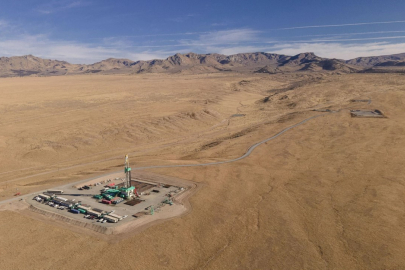 Advanced by Americans: A Year of Energy Innovation
Advanced by Americans: A Year of Energy Innovation -
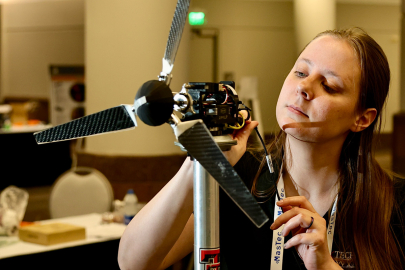 The 12 finalist teams will compete throughout the spring and present their work during the American Clean Power Association's CLEANPOWER 2025 Conference and Exhibition.
The 12 finalist teams will compete throughout the spring and present their work during the American Clean Power Association's CLEANPOWER 2025 Conference and Exhibition. -
 The Clean Energy Careers for All program supports workforce development programs that promote STEM education and exposure to clean energy career options.
The Clean Energy Careers for All program supports workforce development programs that promote STEM education and exposure to clean energy career options. -
 Sacramento Municipal Utility District has several workforce developments programs that help local residents like Uriah Harris, Samson Nguyen, and Miguel Vela enter union apprenticeships, building the skills they need to land in-demand trade jobs.
Sacramento Municipal Utility District has several workforce developments programs that help local residents like Uriah Harris, Samson Nguyen, and Miguel Vela enter union apprenticeships, building the skills they need to land in-demand trade jobs. -
 DOE announces nearly $2 Million to support offshore workforce training programs to promote good-paying jobs in a fast-growing sector in communities across the country
DOE announces nearly $2 Million to support offshore workforce training programs to promote good-paying jobs in a fast-growing sector in communities across the country -
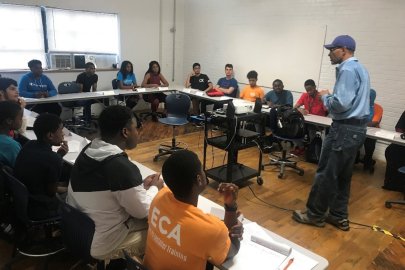 The SETO-funded Bright Solar Futures program has created a free curriculum to educate students throughout the United States about the solar and renewable energy industry and provide them with a direct pipeline to internships and jobs with local employers.
The SETO-funded Bright Solar Futures program has created a free curriculum to educate students throughout the United States about the solar and renewable energy industry and provide them with a direct pipeline to internships and jobs with local employers. -
 Comprehensive workforce development program will build and train a diverse, domestic workforce or battery and electric vehicle technicians, electricians, skill trades, and engineers
Comprehensive workforce development program will build and train a diverse, domestic workforce or battery and electric vehicle technicians, electricians, skill trades, and engineers -
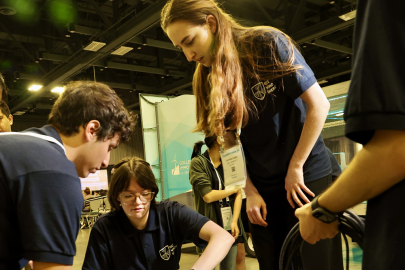 During the first half of the 2024–2025 school year, 35 teams will participate in the 2025 Collegiate Wind Competition to design floating offshore wind energy technology.
During the first half of the 2024–2025 school year, 35 teams will participate in the 2025 Collegiate Wind Competition to design floating offshore wind energy technology. -
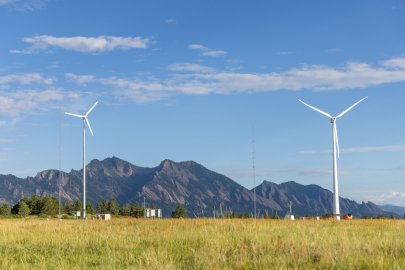 WETO announced funding—including funds from the landmark Bipartisan Infrastructure Law—for 6 small businesses working to accelerate wind energy Research and Development
WETO announced funding—including funds from the landmark Bipartisan Infrastructure Law—for 6 small businesses working to accelerate wind energy Research and Development -
 Angela Wilkins is a union worker helping to manufacture wind turbine generators at the Ingeteam plant in Milwaukee. The growth of U.S. clean energy manufacturing has afforded her a secure job with good pay, great benefits, and nice people to work with.
Angela Wilkins is a union worker helping to manufacture wind turbine generators at the Ingeteam plant in Milwaukee. The growth of U.S. clean energy manufacturing has afforded her a secure job with good pay, great benefits, and nice people to work with.

